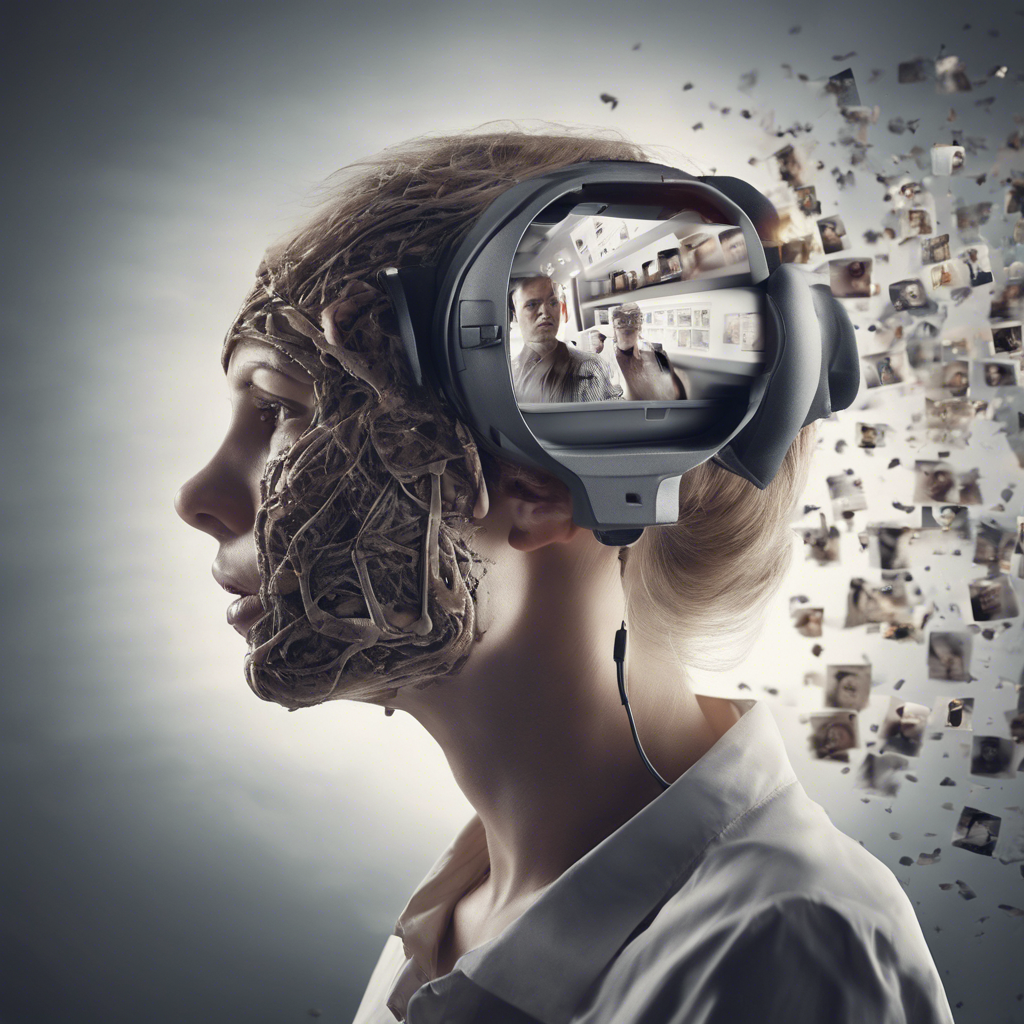Creativity is a fundamental aspect of what makes us human. The ability to innovate, create, and imagine new possibilities is a trait that sets us apart from other species. But have you ever wondered what happens in our brains when we engage in creative endeavors? Let's take a journey into the fascinating world of neuroscience to explore the neural mechanisms behind human creativity.
The Creative Brain: A Symphony of Activity

The brain is a complex organ consisting of billions of neurons interconnected through intricate networks. When it comes to creativity, various regions of the brain work together in harmony to give rise to innovative ideas and solutions. Studies using neuroimaging techniques have shed light on the brain regions involved in creativity, with areas such as the prefrontal cortex, temporal lobe, and hippocampus playing key roles.
Prefrontal Cortex: The Seat of Creativity
Situated at the front of the brain, the prefrontal cortex is crucial for higher cognitive functions, including creativity. This region is responsible for tasks such as idea generation, problem-solving, and cognitive flexibility. When we engage in creative activities, the prefrontal cortex orchestrates the integration of diverse information to form novel connections and ideas.
Temporal Lobe: Where Ideas Take Shape
The temporal lobe, located on the sides of the brain, is associated with memory, language processing, and visual perception. In the creative process, the temporal lobe plays a vital role in retrieving relevant memories, visualizing concepts, and understanding the context of a given task. By drawing on past experiences and associations, this region contributes to the generation of original ideas.
Hippocampus: Weaving the Story
The hippocampus, known for its role in memory formation, also influences creativity by facilitating the integration of disparate thoughts and concepts. This region helps us make connections between seemingly unrelated pieces of information, allowing us to create cohesive narratives and innovative solutions.
Neurotransmitters and Creativity: The Chemical Foundation
Beyond brain regions, neurotransmitters play a significant role in modulating creativity. Chemical messengers such as dopamine, serotonin, and norepinephrine regulate cognitive processes and emotional states, influencing our creative outputs. Dopamine, in particular, is associated with reward and motivation, driving us to explore new ideas and take risks in our creative pursuits.
Cultivating Creativity: Insights from Neuroscience
Understanding the neuroscience of creativity offers valuable insights into how we can nurture and enhance our creative abilities. By engaging in activities that stimulate diverse brain regions, such as brainstorming, meditation, and exposure to new experiences, we can foster neural connections that promote creativity. Furthermore, maintaining a healthy lifestyle, getting adequate sleep, and managing stress are essential for optimizing brain function and creativity.
In conclusion, the human capacity for creativity is a marvel of neuroscience, encompassing a symphony of brain activity and chemical signaling. By delving into the inner workings of the creative brain, we gain a deeper appreciation for the intricate processes that underlie our innovative endeavors. So, the next time you find yourself immersed in a creative pursuit, remember that your brain is a remarkable canvas of potential waiting to be explored.
Let's continue to unlock the mysteries of human creativity, one neural connection at a time!
Comments